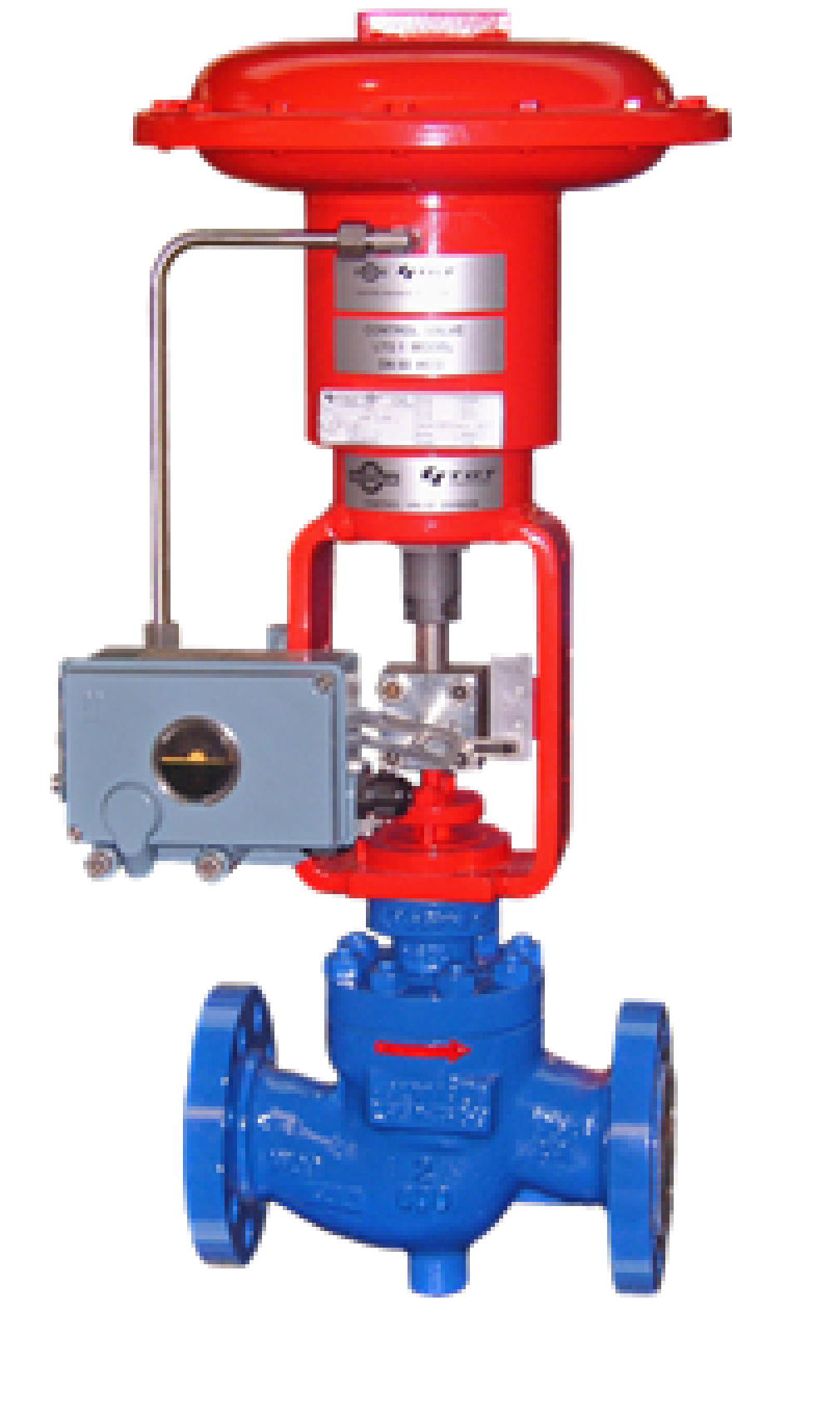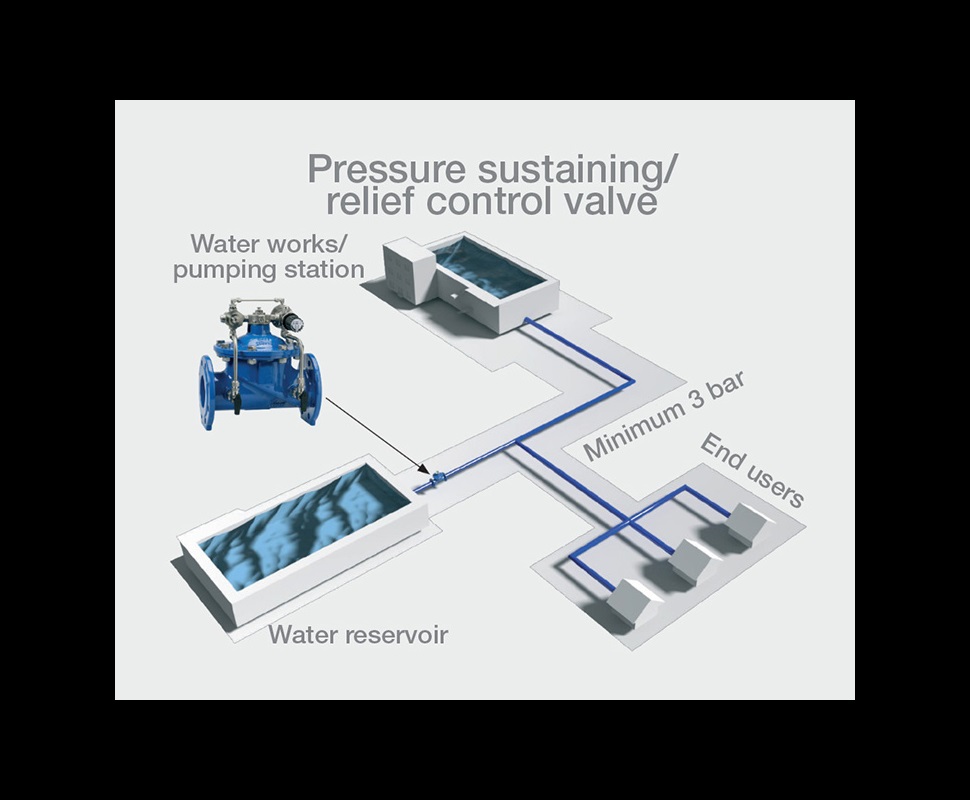Ingenious Control Valves: Enhancing Accuracy and Integrity
Ingenious Control Valves: Enhancing Accuracy and Integrity
Blog Article

Maximize Power Financial Savings and Convenience With Advanced Structure Automation Controls
In the world of modern-day architecture and facility monitoring, the combination of advanced building automation regulates stands as a pivotal improvement. The merging of modern technology and sustainability has birthed a brand-new period where power effectiveness, comfort optimization, and functional streamlining are no more far-off aspirations but possible realities. By taking advantage of the power of automation, structures can adjust, respond, and develop in manner ins which were when unthinkable. The possibility for substantial power financial savings and enhanced comfort is not simply an opportunity however a guarantee waiting to be fulfilled. This paradigm change in building monitoring holds the vital to opening a world where ecological conscientiousness and owner well-being harmoniously exist side-by-side within the walls of our frameworks.
Power Efficiency Benefits
Energy effectiveness benefits can substantially lower energy consumption and operational expenses in structures. Energy-efficient systems, such as advanced building automation controls, can maximize the usage of resources like home heating, cooling, and illumination, leading to reduced energy expenses over time.
Moreover, improved power efficiency can extend the lifespan of building equipment and systems. By operating extra efficiently, cooling and heating systems, lighting components, and other building elements experience less deterioration, resulting in reduced upkeep and replacement expenses. Furthermore, energy-efficient structures often command higher property worths and rental rates, providing long-lasting monetary advantages to proprietors.
Additionally, energy performance can improve passenger convenience and performance. Effectively regulated interior atmospheres with optimum lights and thermal conditions produce a more enjoyable and conducive work space, bring about enhanced employee fulfillment and performance. Generally, the energy performance advantages connected with innovative building automation controls are multifaceted, including price financial savings, ecological stewardship, and owner health.
Boosted Convenience Control
Enhancing comfort control in structure settings requires an innovative assimilation of innovative automation systems for optimum occupant wellness. By making use of sophisticated structure automation controls, facilities can customize the indoor atmosphere to satisfy the certain requirements and choices of occupants. control valves.
By integrating these sophisticated controls, buildings can not only boost comfort however additionally boost energy performance by enhancing system procedures based on actual tenancy and usage patterns. Eventually, focusing on passenger comfort through sophisticated automation systems leads to an extra satisfying and much healthier indoor setting.
Functional Efficiency Improvements

Moreover, the implementation of real-time monitoring and analytics devices makes it possible for building drivers to determine power inadequacies and operational anomalies immediately. By continuously keeping an eye on energy use patterns and system efficiency metrics, changes can be made in real-time to optimize power consumption and ensure peak operational efficiency. control valves. In addition, integrating demand response methods right into building automation controls can even more improve operational effectiveness by dynamically readjusting power use based on grid conditions and prices signals
Indoor Climate Optimization
Effective interior climate optimization is a basic element of structure automation controls, ensuring occupants' comfort and wellness while maximizing useful source power cost savings. By using sophisticated sensors and controls, developing automation systems can constantly check and adjust temperature level, humidity degrees, air top quality, and air flow to produce an ideal interior setting. Preserving comfy and regular conditions not just enhances passenger contentment but additionally enhances efficiency and overall wellness.
Interior environment optimization also plays a crucial duty in energy effectiveness. By fine-tuning home heating, air flow, and cooling systems based upon real-time information and tenancy patterns, constructing automation controls can dramatically lower energy consumption - control valves. Implementing techniques such as demand-controlled ventilation and thermal zoning can assist reduce energy waste while guaranteeing that each area of the structure receives the essential conditioning.

Sustainable Environment Production
Structure automation regulates not only optimize indoor environment problems for energy effectiveness and occupant comfort but additionally lay the structure for producing a sustainable environment through critical monitoring of systems and sources. By incorporating innovative building automation innovations, such as sensors, actuators, and smart software, centers can change and keep track of power use in real-time to reduce waste and reduce their carbon footprint. These systems allow anticipating upkeep, identifying possible problems before they intensify and optimizing tools performance to enhance durability and efficiency.
Additionally, sustainable setting development extends past energy management to encompass water preservation, waste reduction, and interior air quality renovation. Building automation controls can control water usage, identify leaks, and view publisher site ensure appropriate waste disposal practices, contributing to total sustainability efforts. In addition, by keeping an eye on and controlling ventilation and purification systems, these technologies improve occupant health and wellness and performance while decreasing energy intake connected with HVAC operations.
Conclusion
In verdict, progressed building automation manages deal considerable advantages in terms of energy financial savings, convenience control, operational efficiency, interior climate optimization, dig this and developing a lasting environment. By applying these controls, structures can accomplish optimum efficiency while minimizing power intake and boosting passenger comfort. It appears that the use of sophisticated automation innovation is essential in improving building efficiency and creating a more sustainable future.
Energy efficiency benefits can considerably reduce energy consumption and operational costs in buildings. In general, the power performance advantages associated with advanced building automation controls are multifaceted, encompassing price savings, ecological stewardship, and owner health.
Additionally, incorporating need action methods into structure automation controls can additionally improve functional efficiency by dynamically readjusting power usage based on grid problems and prices signals.
Structure automation manages not only optimize interior climate conditions for energy efficiency and resident convenience yet additionally lay the foundation for creating a lasting environment via critical administration of resources and systems.In final thought, progressed building automation controls deal considerable advantages in terms of energy savings, comfort control, operational performance, indoor environment optimization, and producing a lasting atmosphere.
Report this page